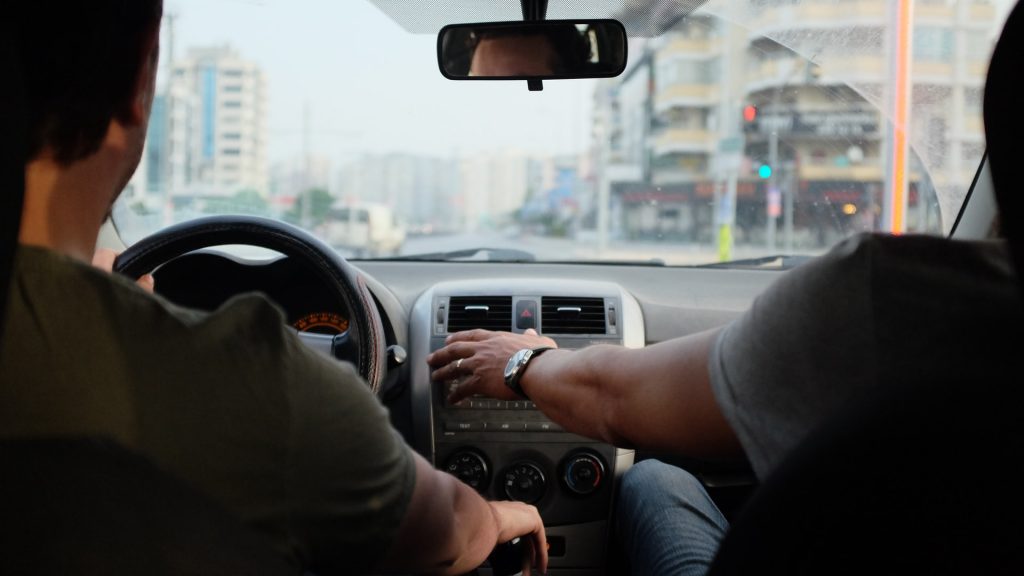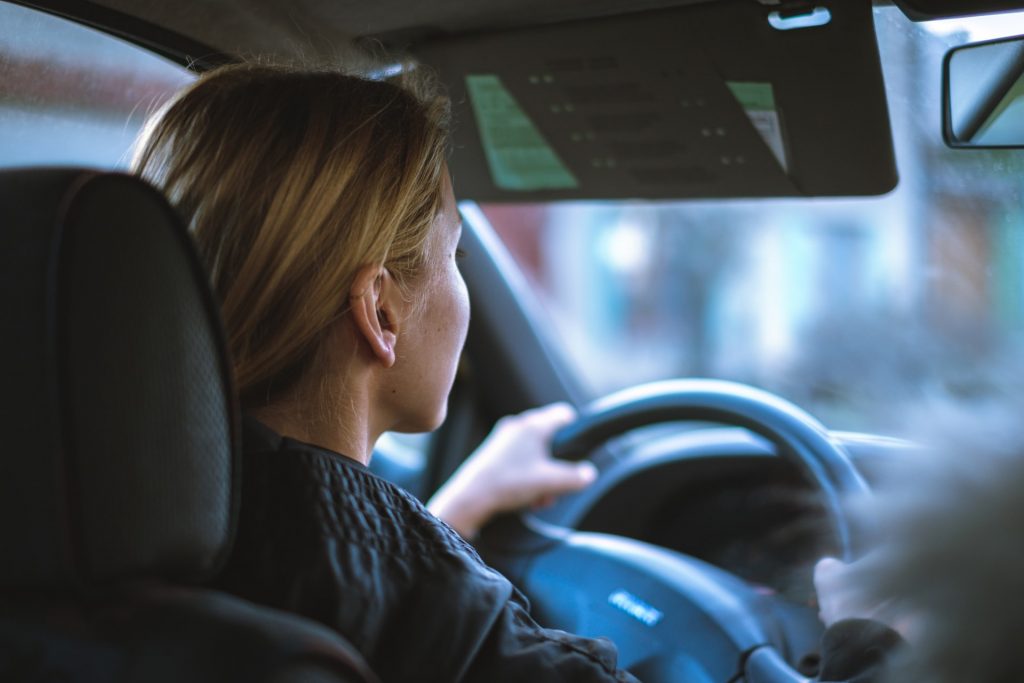Five Simple Tips for Driving Safely with Pets

With spring here and summertime adventures near it is the perfect time to review the best practices, regulations, and laws regarding having your pet in your vehicle. You may need to bring your furry family member with you for many reasons. You may want to take them on vacation, just to the park nearby, or may need to take them to the vet. These tips will ensure the best experience and safest trip for you and your pet.
1. Get your pet used to being in your vehicle.
Preparing and training your pet to enjoy traveling in your vehicle is one of the most important things you can do to create a safe and happy experience for you and them. Taking short trips to introduce your pet to the new adventure of traveling will help them become familiar with being inside a moving vehicle. It will also give you time to train them properly.
Having your pet trained for vehicle safety will not only benefit them, but it will also allow you to focus on the road. During your first few introductory trips, you may need to pull over to teach new rules or redirect their behavior. Shorter tips will grant any pet who may feel stressed or uncomfortable a chance to relax more quickly and understand that being in a vehicle does not have to be a negative experience.
2. Consider a pet restraint.
What is one of the first things you do after you sit in your vehicle? If you answered, buckling your seatbelt, you would be on the right track. Your seatbelt is designed to keep you safe while the car is moving, and just like you, your pet should be buckled in for safety. Not only will restraining your pet keep them safe, it will also keep you safe. A loose pet moving around the vehicle while driving can become a hazardous distraction.
There are many ways to keep your pet restrained and safe while in your vehicle. Some options are pet safety belts, crates, harnesses, and partitions to keep your pet in the back seat and unable to enter the front driver’s seat. According to Ontario’s Highway Traffic Act, you can be charged with a Careless Driving Offence (section 130 of the HTA) if your pet is not secured properly in your car. Check out the top-rated pet restraints here.
3. Prepare for longer journeys.
Take time to prepare and pack for your pet just like you would for yourself. Grab their favorite toys, blankets, or bed to make a more extended trip comfortable. Bring a pet first aid kit with you in case of emergencies. Having their medical record on hand is also essential.
Once you have them packed and all ready to go, give them a chance to move. Take them on a walk and give them time to relieve themselves before securing your pet into the vehicle. Remember to feed them a small amount of food to lower their chances of getting motion sickness during the trip. Remember to pack their regular food, plenty of water, and a few snacks.
4. Never leave your pet in a vehicle in warm, hot, or freezing temperatures.
Leaving a pet unattended in a vehicle in Ontario is illegal if it endangers their well-being. Doing so can cause severe harm or even death to your furry friend. Therefore, it’s always better to err on the side of caution and ensure your pet is always safe and comfortable. In addition, temperatures inside a vehicle will increase or decrease very rapidly. Therefore, leaving your pet in an unattended vehicle that is turned off can result in fines and potential criminal charges.
It is recommended to leave pets at home or find alternative arrangements if you run errands or have to turn your vehicle off and leave your pet anytime during the trip. Provincial Animal Welfare Services (PAWS) Act protects your animals and allows professionals to enter your car to save a pet in danger.
5. Take frequent breaks.
You may be a road trip warrior and can drive long distances without stopping, but there are better practices for keeping your pet comfortable and safe. Taking frequent breaks when traveling with pets allows them to stretch their legs, use the bathroom, and get fresh air.
This is another way to prevent motion sickness and reduce anxiety for your furry family member. Additionally, it’s essential to ensure your pet stays hydrated and fed during travel breaks.
Ensuring the safety of pets in vehicles should be a top priority for all pet owners. By following these tips, you can prevent accidents, keep your furry friends safe, and allow yourself to share the adventure of traveling with your pet. Remember, a little bit of extra effort can go a long way in protecting your beloved pet during car trips.













